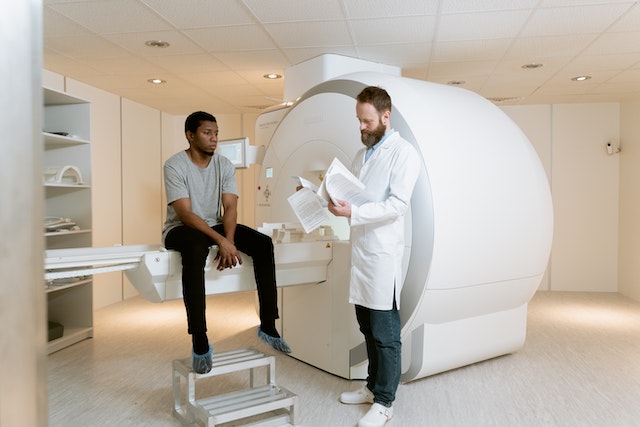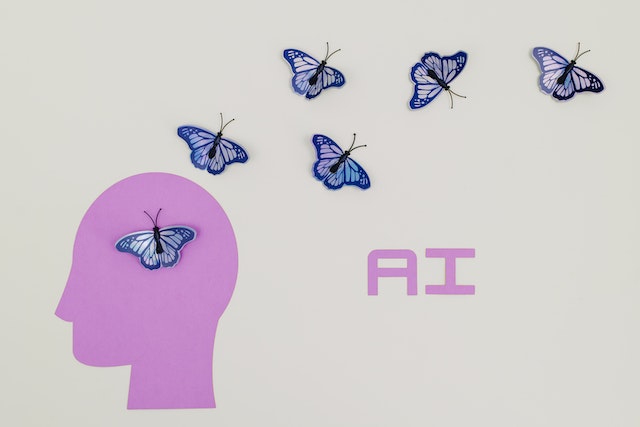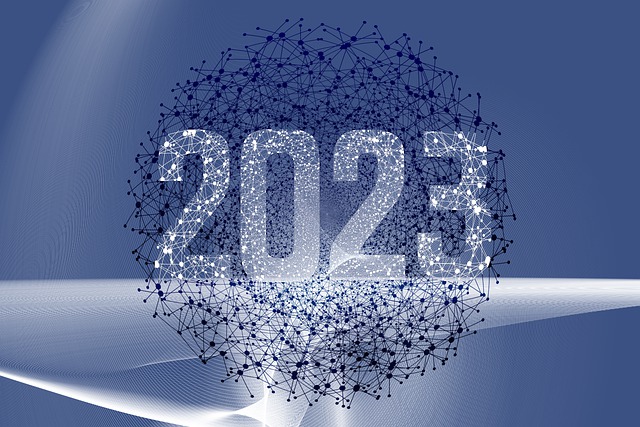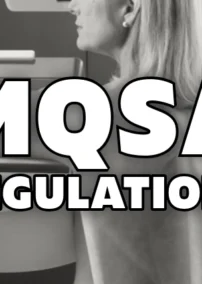There is no doubt that radiology and imaging will have a few challenges in 2023. With Medicare pay reductions, hospital closures, worker burnout, and a shortage of radiologists, the industry must be creative to continue to provide exceptional patient care.
The industry leaders remain optimistic about their services. There have been more technological advancements, and people are still dedicated to their patients and healthcare. Their efforts are winning combinations for radiology, and they are determined to provide good service despite the challenges.
The current trend for radiology in 2023 will be for more consolidation of radiology practices. Using technology, many urban and outlying hospitals with minimal staffing can transmit information to control centers with professional radiology staffing. The financial burden of training imaging technicians will be, at a minimum allowing the hospital staffing budgets to be used for hands-on patient care.
The Value of Radiology and Imaging
Radiology is a “value-based system” that can reduce medical costs and improve patient outcomes through early disease detection and diagnosis with imaging screening programs. The medical profession, insurance companies, and hospitals recognize this value but struggle with ways to balance their budgets while providing patient care.
Investing in reorganizing the radiology departments has put much of the spendable medical funds to constructive use. The most significant expense for 2023 will be the expansion of artificial intelligence and equipment needed to provide the services.
2023 Equipment, Artificial Intelligence, and Education in Radiology
In November 2022, the Radiological Society of North America (RSNA) held its expo in Chicago, Illinois. Over 900 displays on the expo floor showed just a glimpse of the exciting future of radiology and imaging.
Featured equipment at the expo included MRI contrast that uses 50% less gadolinium, CT scanners with improved image resolution–and less noise, X-ray-based imaging systems, and CT scan with superior structural supports and better equipment warranties.

Research and development have also made great strides in new X-ray lung airflow imaging technologies. Also, innovative breast imaging technologies that use ultrasound and elastography may reduce the need for some biopsies.
The FDA has now cleared hundreds of artificial intelligence algorithms that will be able to help radiologists with their workflow. These algorithms are applications that can help lessen worker burnout. Networks can integrate these applications, which allows organizations to work together, distributing workload and expertise efficiently.
Artificial intelligence spans many areas of radiology and imaging. Some of the applications not only improve the productivity of radiologists, but AI tools can improve imaging quality to detect disease and even embolisms or hemorrhages.
Artificial intelligence is making strides in education for radiologists and technicians. Research and Innovation are essential to the integrity of the practice, and artificial intelligence is helping to fulfill the academic needs of the staff.

More to Come
Every year technology advances and enhances healthcare workflows and processes. Most hospitals and clinics still in operation have gone digital, allowing them to operate with advanced equipment and programs designed to provide exceptional patient care.
Radiologists and technicians are still in demand even if the systems incorporate more use of technology. Any radiology shortages can be remedied with the help of established and tech-forward teleradiology companies like Vesta Teleradiology. Education in the radiology and imaging field will need to keep up with the changes to make the technicians better while improving patient diagnoses and patient care.



